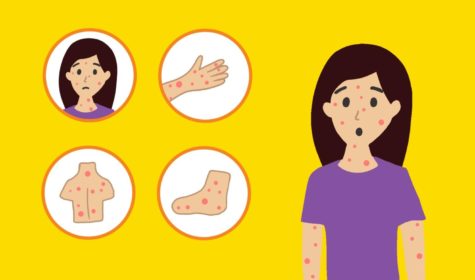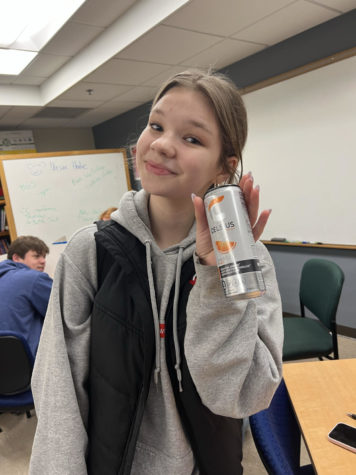Defining drones
How drones are becoming a part of society
Flying high in the sky, drones are evolving to become more and more popular. The official definition of a drone is an unmanned aircraft that can navigate autonomously, but even this definition is expanding to include more consumer-demanded products. All of today’s drones fit into two main categories: Unmanned Aerial Vehicles (UAVs) and consumer multirotor helicopters.
The military uses UAVs for surveying land and combat ground forces. This is beneficial to the military because it can fly for thousands of miles without refueling and no pilots are in harm’s way. Each UAV is estimated to cost the U.S. Army over $4 million. It carries high-tech equipment like infrared sensors, radars, and several cameras, including thermographic cameras that can be used in low light. Along with all the technical equipment onboard, these UAVs can carry bombs.
The media started calling these UAVs “drones,” which is now a widely accepted term. After the Federal Aviation Administration (FAA) had recently given clearance for companies to start testing drones, companies like Amazon have also started using drones to deliver packages and various other activities. As Michael Feldkamp ‘18 explains, “[drones] can be used to do things that humans can’t or would not do.”
“Drone” can also refer to consumer helicopters. These helicopters started popping up in the Radio Control (RC) industry a few years ago. The most common is the quadcopter (having four booms, or arms), but there are also hexacopters (six booms), and octocopters (eight booms). These drones can fly up to 30 mph and have a mile workable radius. Larger, more commercially used octocopters can also hold several pound cameras, which is why they are so popular in the Hollywood industry.
Drones can be used in numerous ways, and more potential drone usages are being discovered every day. Grant Winkey ‘19 explains one usage of drones that he finds exceptionally useful: “If you think something is going wrong or there is a dangerous area, drones are helpful to see what’s going on, like after an earthquake.”
Even though drones can be used in many different ways and situations, Alden Pierson Smela ‘18 points out a key concern to many, “[that] technology is alright as long as we maintain our humanity,” a concern that many fear is coming true.
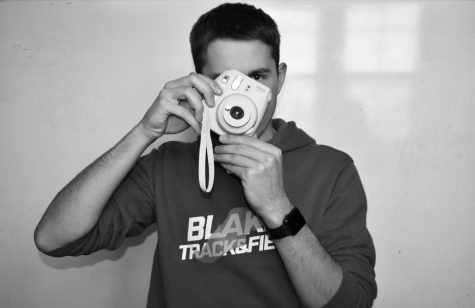
I have been a contributing writer since sophomore year, and I was the Sci-Tech and Health editor the first semester of my Senior year. I am now the multimedia...

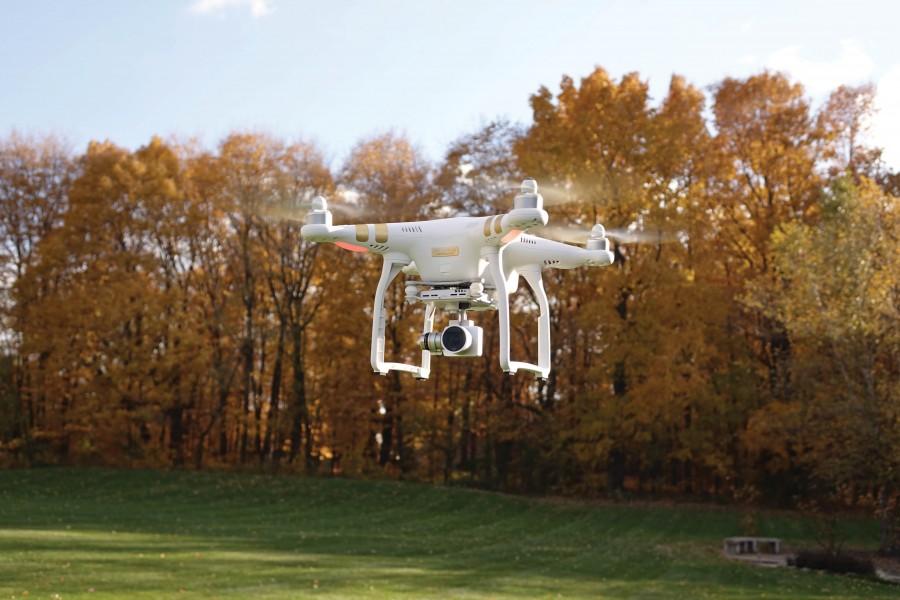
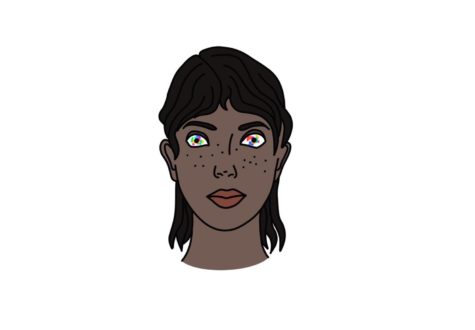

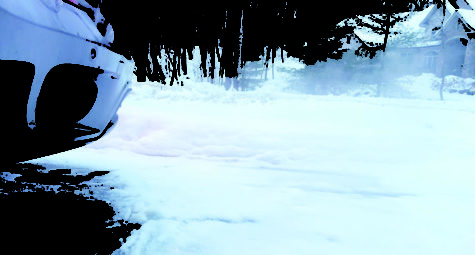
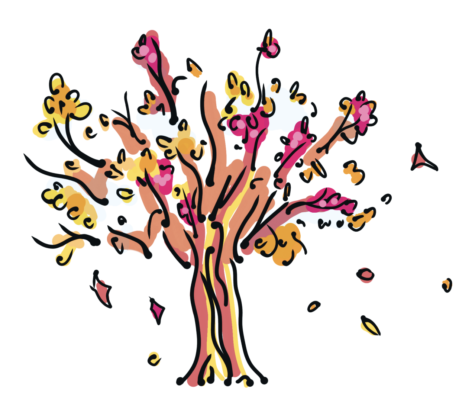
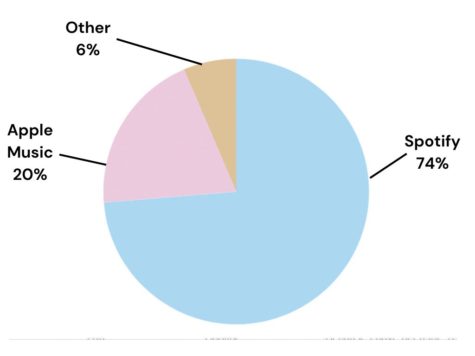

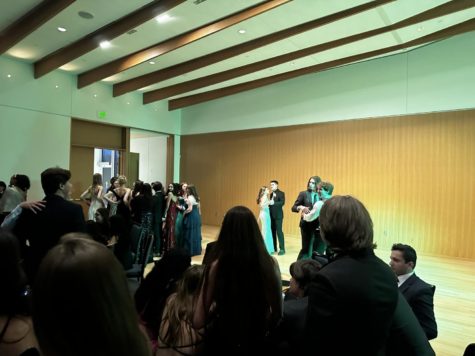


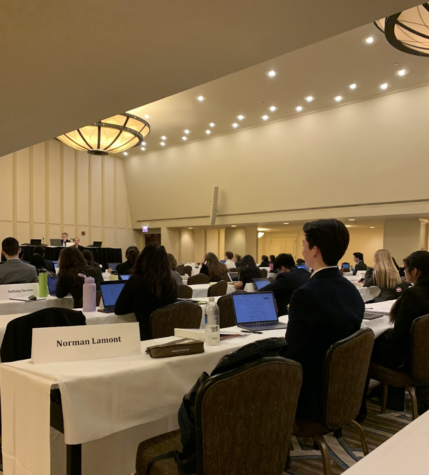
![Campbell is a student that writes by hand for all of his classes, and according to him, he “[finds] it easier to remember stuff if [he] writes it down.”](https://www.blakespectrum.org/wp-content/uploads/2022/12/IMG-0178-356x475.jpg)
![Doran employs a handwritten list in a planner to stay organized, commenting that she just prefer[s] that to typing.](https://www.blakespectrum.org/wp-content/uploads/2022/10/image_67176449-1-356x475.jpg)
